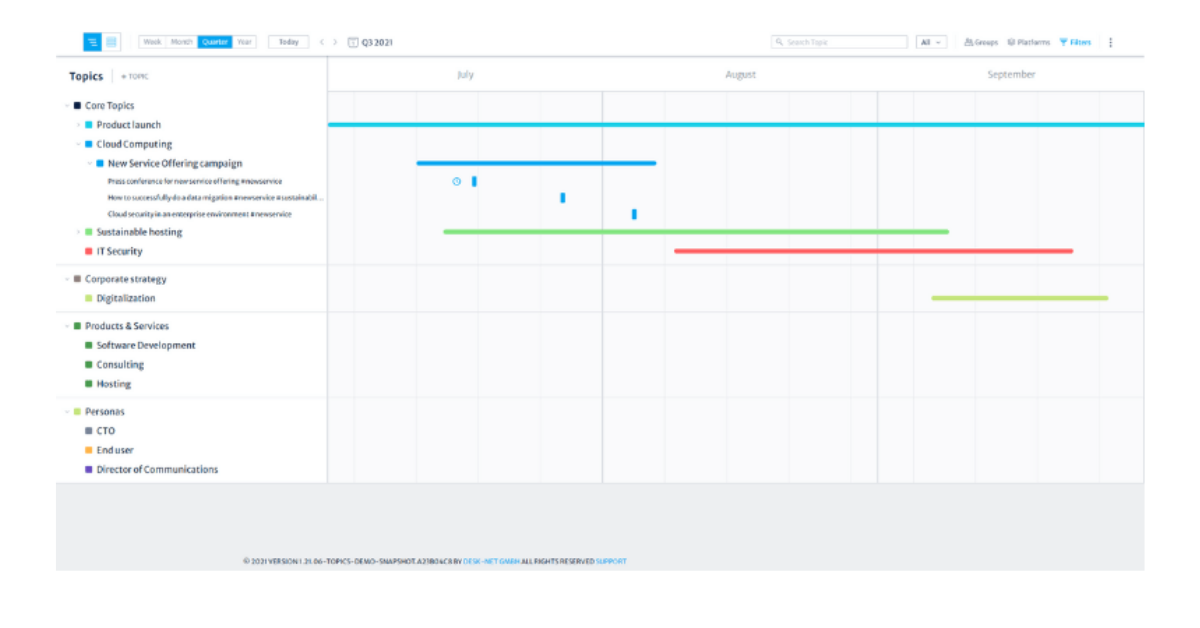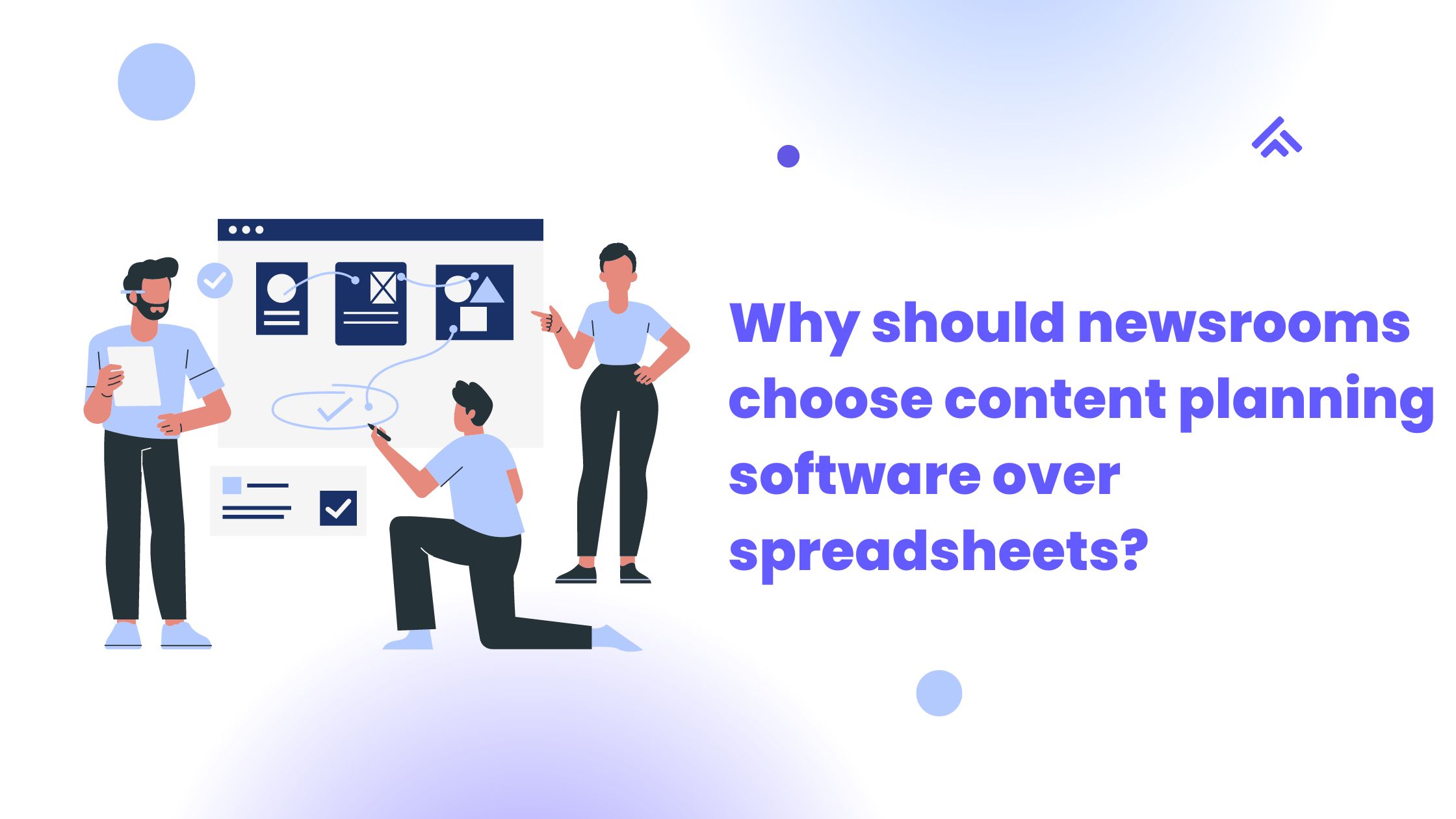Create Content Your Audience Actually Cares About

Having a proper content strategy is the beginning of creating content that resonates with your audience. Building a content strategy is intimidating and easy to get wrong. But, keeping your plan audience-first and flexible ensures you always have relevant content and can respond to market shifts.
Three steps to creating content that gets noticed
First, identify your audience. No one cares about your product, but they all want to know how you can solve their problems. If you know your audiences' pain points, you can give them the exact solution they seek. With so much content out there, audiences are incredibly picky with what they consume. Content that relates directly to specific pain points can cut through that clutter.
Second, you must publish your relevant content on the right platforms to communicate with your target audience. Your audience has specific content interests; they also have platform preferences, get familiar with those.
The third step is timing; you know your audience's interests and the platforms they use. Now ensure you are continuously putting out content that matches or relates to your audiences' preferences.
Keep your content plan flexible
You have created content that is audience-first. Your content plan is relevant but is it flexible? 2020 compelled a lot of teams to alter their set content plans and proactively produce new content.
Long-term planning is needed, but don't stick to your plan just for the sake of it. A flexible content plan will adapt to many shifts, be it new trends, pandemics, or audience preferences.
This closely relates to providing relevant content for your audience. Your readers will be looking for answers when a new trend surfaces, be the one providing them with the exact information they need.

Get a structural overview of your content up to four levels
While developing a content strategy is complex, shifting from the planning phase to the execution phase is even more complex.
This is where the Kordiam's topics feature comes into play. It helps you bridge the gap between the tactical and operational levels of your content strategy, as there is often a disconnect between them.
You get a structural overview of your content strategy and core dimensions, which you can break down up to four levels to manage as much operational detail as needed.

